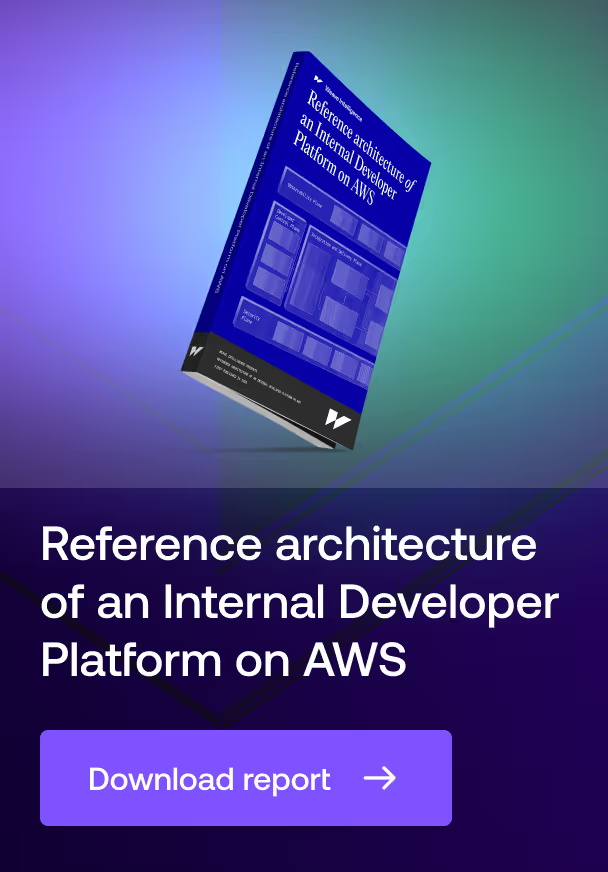Profile
RabbitMQ is an open-source message broker and streaming platform that implements multiple messaging protocols, primarily AMQP. Built on Erlang/OTP for high reliability, it serves as a critical infrastructure component for enterprise messaging needs. The platform excels at managing asynchronous communication between distributed system components through sophisticated message queuing and routing capabilities. Its maturity and proven reliability in high-stakes industries like telecommunications, healthcare, and financial services have established it as a leading message broker, particularly valued for its ability to handle complex routing scenarios while maintaining message delivery guarantees.
Focus
RabbitMQ addresses fundamental challenges in distributed systems architecture by decoupling message producers from consumers, enabling asynchronous communication patterns that enhance system resilience and scalability. It solves the complexity of reliable message delivery across distributed components, handles backpressure through message queuing, and provides sophisticated routing capabilities that allow flexible system topologies. The platform serves platform engineers, system architects, and development teams building distributed applications, microservices architectures, and event-driven systems where reliable message delivery and complex routing patterns are essential.
Background
Originally developed as an implementation of the AMQP protocol, RabbitMQ has evolved into a multi-protocol messaging platform. The project operates under Mozilla Public License 2.0, with core development now managed by Broadcom following their acquisition of VMware. It sees widespread production use across industries, from telecommunications providers processing millions of messages per second to healthcare systems managing critical patient data. Major enterprises including financial institutions and e-commerce platforms rely on RabbitMQ for mission-critical messaging operations, demonstrating its capability to handle high-stakes messaging requirements at scale.
Main features
Advanced message routing and exchange system
The exchange system provides sophisticated message routing capabilities through four primary exchange types: direct, fanout, topic, and headers. Direct exchanges enable precise routing based on exact matching of routing keys, while fanout exchanges broadcast messages to all bound queues. Topic exchanges support complex routing patterns using wildcard matching, allowing flexible subscription models. Headers exchanges route based on message attributes rather than routing keys. This routing infrastructure enables complex messaging topologies where producers and consumers can be added or modified without system-wide changes, supporting evolving architectural needs.
Reliable message delivery and persistence
RabbitMQ implements comprehensive reliability mechanisms including message acknowledgments, publisher confirms, and persistent message storage. Messages can be marked for persistence, ensuring they survive broker restarts by writing to disk before confirming receipt. The platform's message acknowledgment system prevents message loss during consumer failures by requiring explicit confirmation of successful processing. Quorum queues, built on the Raft consensus algorithm, provide stronger consistency guarantees for critical workloads. These features enable exactly-once delivery semantics and guaranteed message persistence for mission-critical operations.
Clustering and high availability
The platform supports horizontal scaling through clustering, where multiple RabbitMQ nodes form a single logical broker. Clusters share user definitions, virtual hosts, queues, exchanges, and bindings across nodes. Quorum queues and streams replicate data across cluster nodes using leader-follower architecture, automatically handling failover if the leader node becomes unavailable. Client applications can connect to any cluster node and access resources regardless of their physical location within the cluster. This architecture enables both high availability and scalability while maintaining consistent message delivery guarantees.






